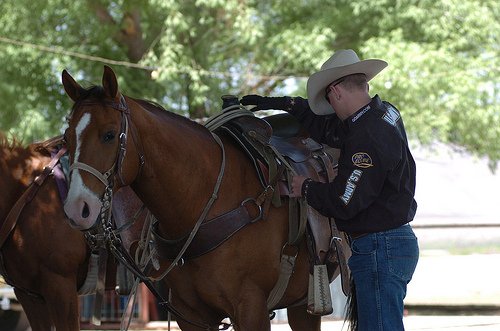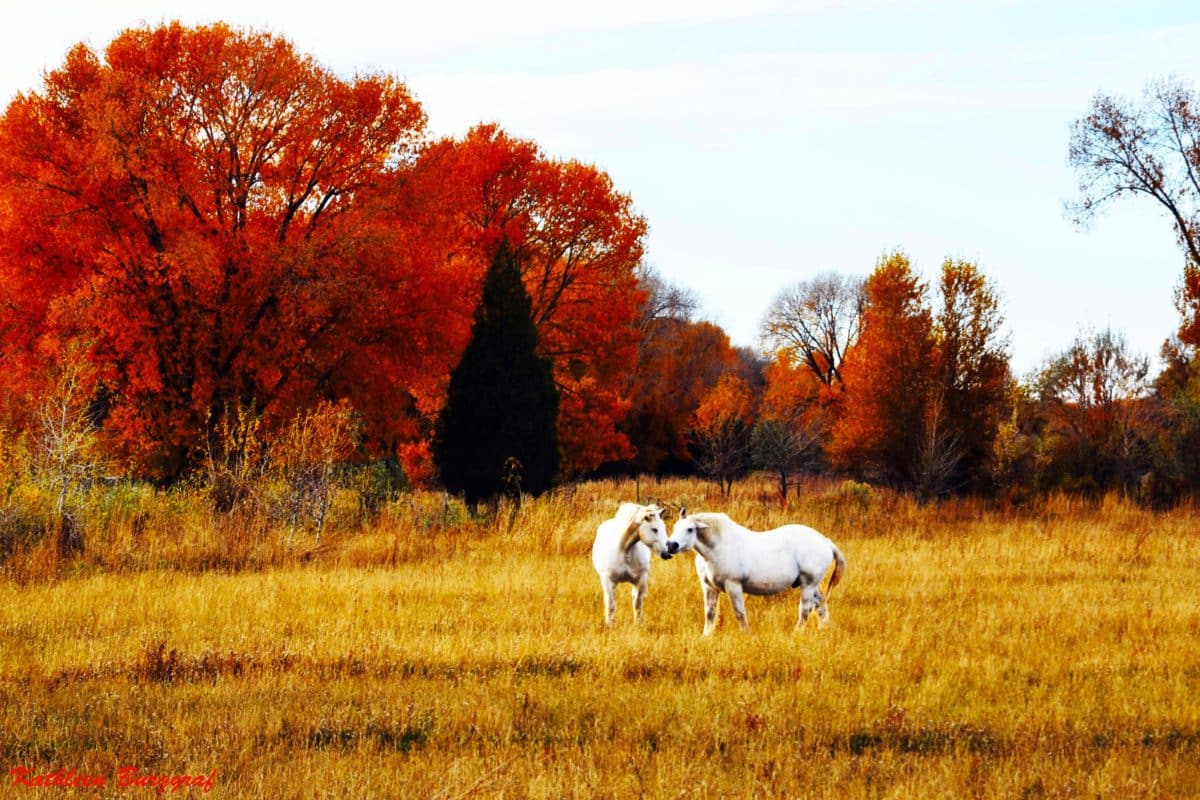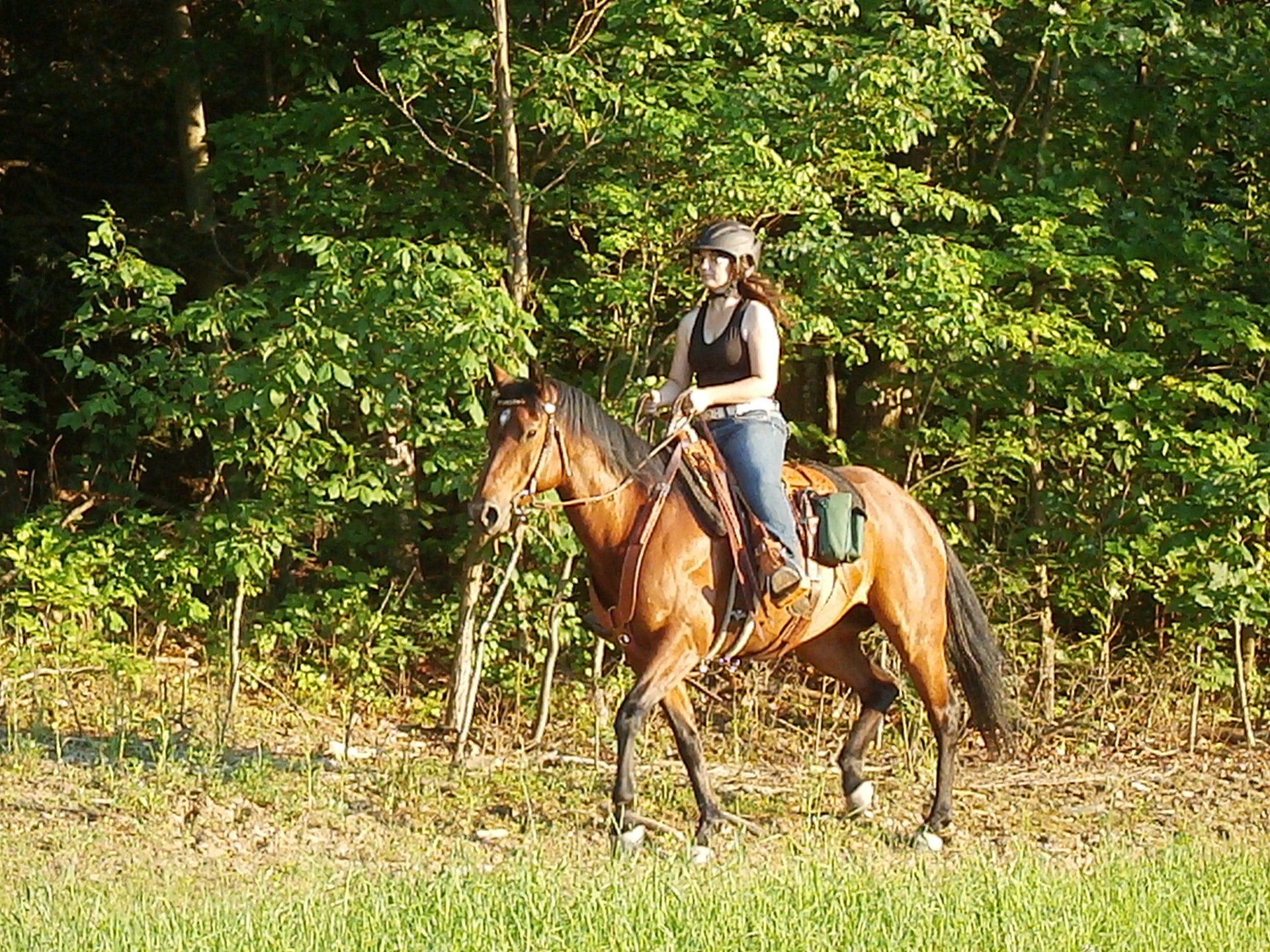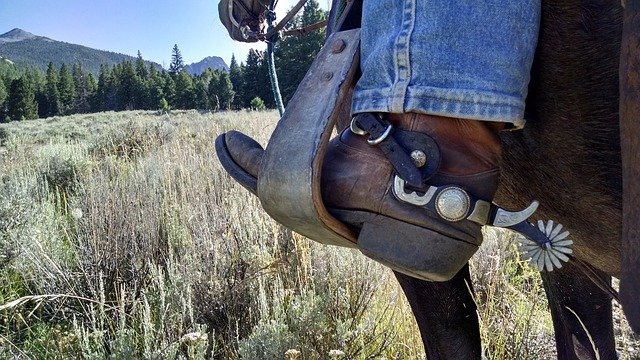
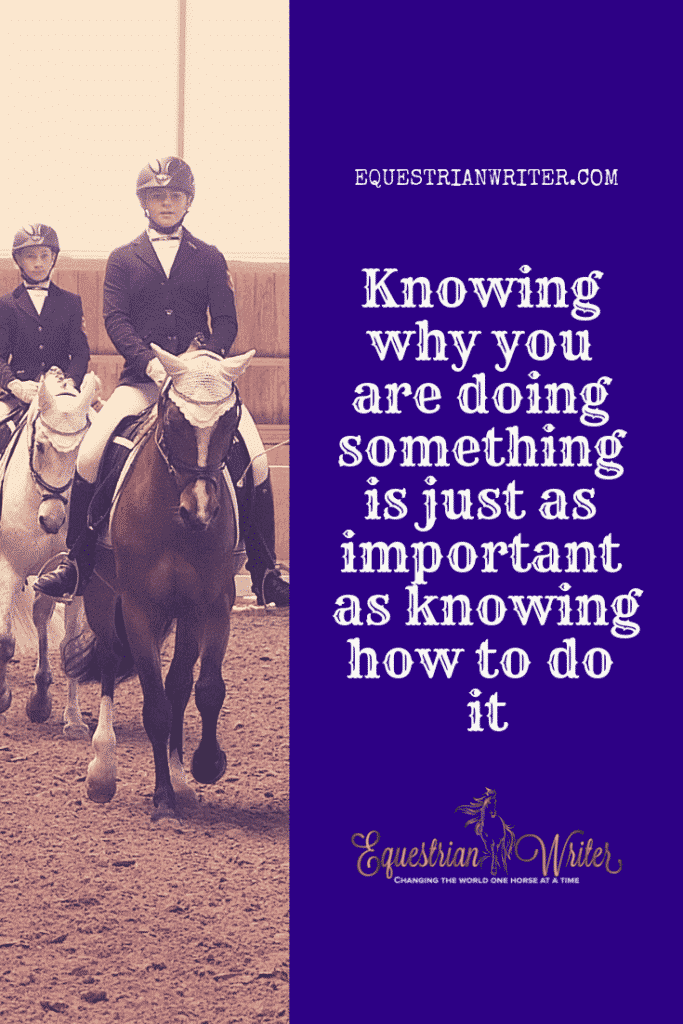
In riding, we tend to focus our efforts and education on learning the “how” of everything.
- “How do I warm up my horse?”
- “How do I know my saddle fits properly?”
- “How do I bond with my horse?”
- “How do I get my horse to stand still while mounting?”
Too often we get so caught up in the “how” that we forget about the “why” of what we are learning. It is one thing to know how to do something, but if you do not understand why you are doing it, you are missing the most important part of the lesson.
If you know how to train an exercise, but you do not understand the reasons and theory behind the techniques used, you are handicapping your ability to get the best results. Horses are unique and individual creatures. Just like people, different horses have different learning styles. If you do not understand the theory behind your training techniques, your ability to adapt your techniques to your horse’s unique learning style is greatly hindered.
[click_to_tweet tweet=”If you know the ‘how’ without the ‘why’ you are handicapping your ability to get the best results. #horses #247equestrian” quote=”If you know the ‘how’ without the ‘why’ you are handicapping your ability to get the best results.”]
Not knowing the “why” of horse training is also a big contributor to the telephone phenomenon that I first addressed back in June in my article The Big Bit Band-Aid. In that article, I discussed how the best horse trainers are not always the best people trainers because they may not always be good at explaining the “why” behind the “how.” This leads to students making inferences that are not always correct as they attempt to fill in the blanks and rationalize the information being given to them. This is how so much of the nuance of horse training has gotten lost over the years.
Teaching the “how” without the “why” leads to students that are nothing more than trained monkeys. They use they methods because that’s how they were taught to do it, not because it’s best for the horse, not because it’s the most efficient, but because that’s how their trainer did it and they don’t know anything else. Now, I’m not saying all riders are that way, or even that most riders are that way. I’m just saying that too many are that way and it causes problems.
So, next time your trainer tells you how to do something, or you find a helpful YouTube video, or you find a lovely little how-to blog post, make sure you know the “why” behind the “how” before you go jumping on the bandwagon.
Photo by skeeze






